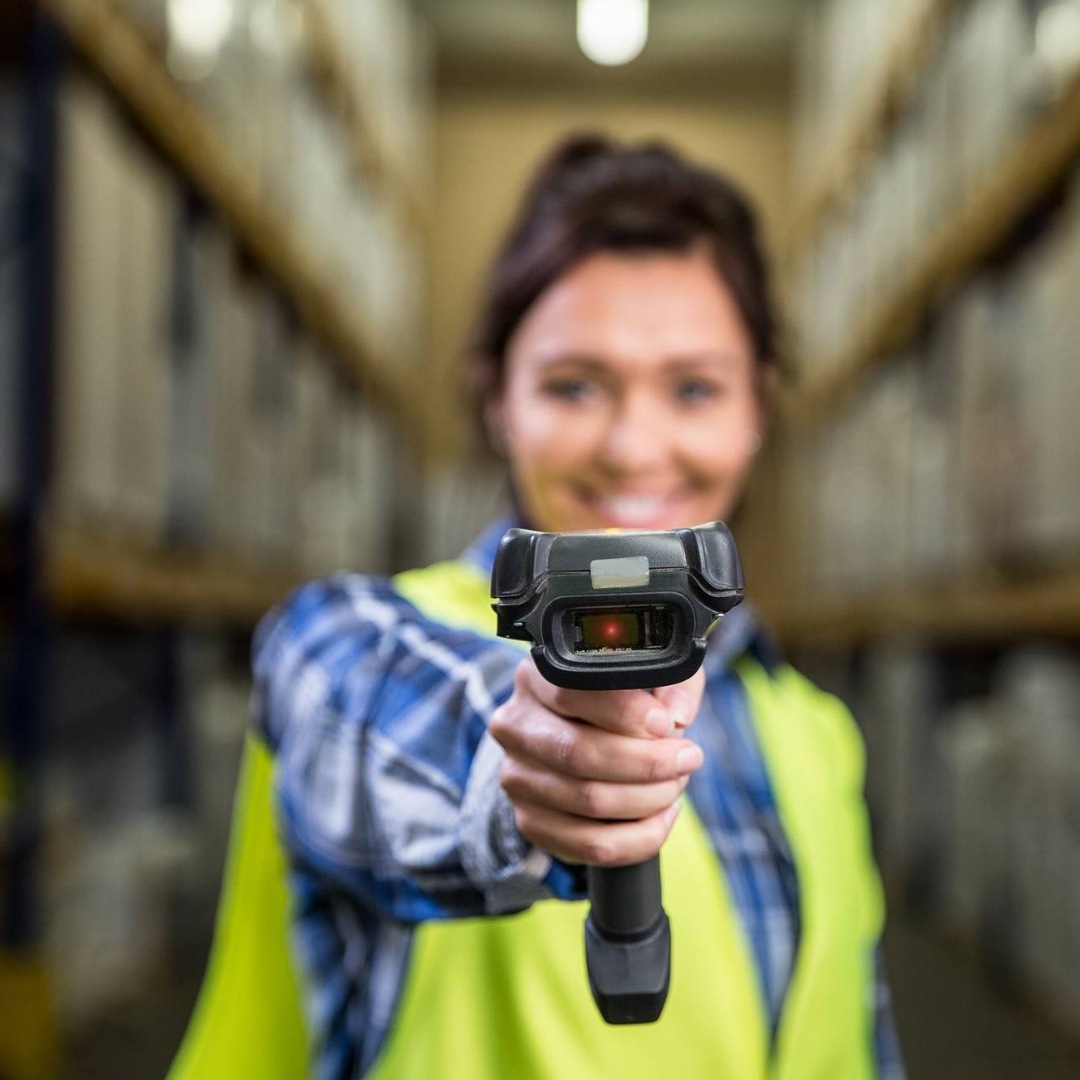Description
Overview of Hazardous Waste Tracking Using BLE or RFID
Hazardous material tracking systems using RFID (Radio-Frequency Identification) or BLE (Bluetooth Low Energy) are pivotal in ensuring safety and compliance in various industries. RFID technology utilizes electromagnetic fields to automatically identify and track tags attached to hazardous materials, providing real-time location and status updates. BLE, on the other hand, offers low-power wireless communication, ideal for continuous monitoring of hazardous substances. These technologies enhance inventory accuracy, streamline logistics, and improve safety by enabling instant alerts in case of irregularities. With robust data collection and easy integration into existing systems, RFID and BLE-based hazardous material tracking solutions offer significant advancements in managing and safeguarding hazardous substances throughout their lifecycle.
Applications in Hazardous Waste Tracking Using BLE or RFID
- Chemical inventory management
- Waste disposal monitoring
- Radioactive material tracking
- Biohazardous substance monitoring
- Explosive material tracking
- Pharmaceutical inventory management
- Gas cylinder tracking
- Fuel tracking in storage facilities
- Hazardous waste transportation monitoring
- Laboratory chemical tracking
- Environmental hazard monitoring
- Oil spill response tracking
- Toxic substance inventory management
- Pesticide tracking in agriculture
- Hazardous materials shipping compliance
- Fireworks storage monitoring
- Hazardous goods in transit tracking
- Industrial solvent tracking
- Flammable liquid inventory management
- Medical waste tracking
- Hazardous material spill response coordination
- Asbestos removal tracking
- Hazardous material cleanup monitoring
- Contaminated site management
- E-waste tracking
- Hazardous goods warehouse management
- Emergency response planning
- Controlled substance tracking
- Hazardous material regulatory compliance
- Mining chemical tracking
Technical Specifications of GAO Tek Hazardous Waste Tracking Using BLE or RFID
BLE Beacons or RFID Tags in Hazardous Waste Tracking
In hazardous material tracking systems, RFID tags and BLE beacons are crucial for ensuring precise monitoring and control. The placement of these devices is critical to maintain accuracy and safety.
RFID tags are typically attached directly to hazardous material containers or packaging. They can be affixed using adhesive backing, embedded within labels, or secured with cable ties, depending on the material and the environment. For example, chemical drums might have RFID tags attached to their sides or lids, while smaller containers could have tags integrated into their labels. In environments with extreme conditions, such as high temperatures or exposure to corrosive substances, durable, ruggedized RFID tags are used to withstand harsh environments and provide reliable tracking.
BLE beacons, known for their low-power consumption and wireless communication capabilities, are often placed near hazardous material storage areas or directly on containers. These beacons are either mounted on the exterior of storage units or embedded within the materials. Placement considerations include ensuring signal strength and minimizing interference. BLE beacons are particularly useful for continuous monitoring, allowing real-time location and status updates. For instance, in a large warehouse storing hazardous chemicals, BLE beacons can be strategically positioned to create a mesh network, ensuring comprehensive coverage and real-time tracking.
Both RFID tags and BLE beacons enable seamless integration with centralized monitoring systems, providing instant alerts and detailed tracking information. This integration enhances safety protocols by ensuring that hazardous materials are accurately tracked throughout their lifecycle, from storage and transportation to usage and disposal. Proper attachment and placement of these devices are essential for maintaining the integrity and reliability of hazardous material tracking systems.
BLE Gateways or RFID Readers in Hazardous Waste Tracking
In hazardous material tracking systems, the strategic installation of RFID readers and BLE gateways is critical to ensuring efficient monitoring and management of assets and processes.
RFID readers are generally installed at key points where renewable energy components are stored, transported, or processed. In a solar power facility, for instance, RFID readers might be placed at the entrances and exits of storage areas to track the movement of solar panels and other critical components. They are also installed along assembly lines to monitor the production process and ensure all parts are accounted for. In wind farms, RFID readers are often positioned at the base of wind turbines to track maintenance activities and component replacements. The installation of fixed RFID readers at these locations enables automated, real-time tracking of assets, reducing manual oversight and minimizing errors.
BLE gateways, which facilitate wireless communication with BLE beacons, are installed to cover large areas and ensure continuous monitoring. In a large solar farm, BLE gateways can be strategically placed across the site to create a comprehensive network that tracks the location and status of panels and other equipment. These gateways are typically mounted on existing infrastructure such as poles or buildings to maximize coverage and minimize installation costs. In offshore wind farms, BLE gateways can be installed on service vessels and platforms to monitor the condition and performance of wind turbines.
The effective placement of RFID readers and BLE gateways enhances the accuracy and reliability of renewable energy tracking systems. This setup ensures that critical components are monitored throughout their lifecycle, improving operational efficiency and reducing the risk of asset loss or failure. The data collected through these systems can be integrated into centralized management platforms, providing valuable insights for optimizing performance and maintenance schedules.
Cloud Systems
GAO Cloud BLE or RFID Systems consists of the following parts:
GAO BLE Gateways and Beacons and RFID Readers and Tags
BLE or RFID Cloud, Server, PC & Mobile
GAO Cloud Services Engine for BLE or RFID
Cloud Infrastructure, BLE & RFID Middleware, Data Analytics and Business Intelligence, and Security Measures.
Integration APIs
APIs enable seamless integration between the BLE or RFID solution and existing hazardous waste tracking systems such as POS, inventory management, and e-commerce platforms, allowing for data exchange and synchronization.
Server, PC & Mobile Systems
GAO Server, PC & Mobile Systems BLE or RFID Systems are composed of
BLE Gateways and Beacons, RFID Tags and Readers
GAO Server, PC & Mobile Software Engine for BLE & RFID
Servers, PCs, Mobile Computing Devices and Infrastructure, Middleware Software, and Database Management System.
Integration with Hazardous Waste Tracking Systems
The server, PC & mobile solution integrates with existing hazardous waste tracking systems such as inventory management, point-of-sale (POS), and enterprise resource planning (ERP) systems. Integration is achieved through APIs, database connections, or middleware adapters, enabling seamless data exchange and synchronization.
All GAO’s RFID products are jointly offered by GAO Tek Inc. and its sister company GAO RFID Inc., ranked as a top 10 global RFID and IoT supplier. For RFID products on https://gaotek.com/, please visit RFID-BLE category, and its sub-categories: BLE Gateways, Beacons & Accs,UHF Readers, Tags & Accs, NFC & HF Readers, Tags & Accs, LF Readers, Tags & Accs, and BLE or RFID Cloud, Server, PC & Mobile.
You also are encouraged to visit gaorfid.com that offers a more comprehensive, more complete and different set of BLE & RFID products: BLE, RFID Readers, RFID Tags, Antennas & Accessories, RFID Systems, System By Feature.


